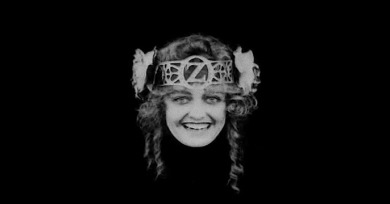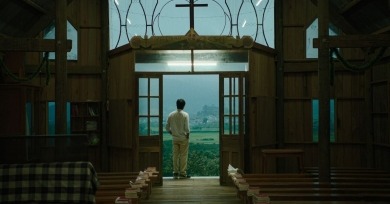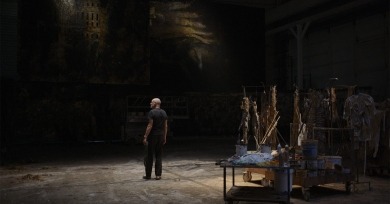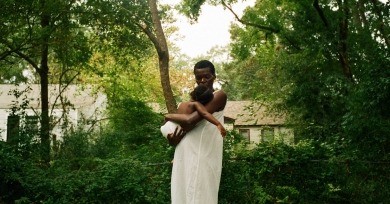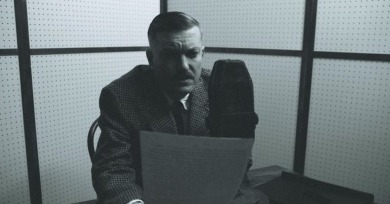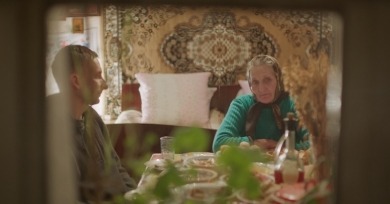Julia Gunnison
It suggests a unique cinematic aspiration from a time before the film industry dedicated its energies almost entirely to narrative, and when the question of what was to become of cinema was undetermined.
Delineating a war requires accounting for tremendous complexity and historical context that’s difficult to capture in 120 minutes. But as this film conveys, the best storytellers are the city streets.
At many points, the story is deemphasized in favor of aesthetic and philosophical experimentation. In these sequences, rain, and the vivid soundscape it creates, work together with long shots, extended takes, and slow pacing to demonstrate the convergence of mortal and sacred realms.
Kiefer’s paintings, sculptures, and architectural pieces are physically and metaphorically huge and heavy, burdened by their weighty materials and the history they reference.
The word poetic is undeniably apt in this case, especially as Raven Jackson is a poet herself. Her written words achieve a hyper-specificity that All Dirt Roads Taste of Salt thrums with. In both forms, she zooms in so far as to leave narrative behind, creating more mysterious, immediate sensations.
Employing text, voice, and photography in literal, informational modes, What Are the Wild Waves Saying? shows how the most complex questions and quandaries often lie directly on the surface of history.
Melnyk had set out to make a strictly observational documentary. On the ground in Stuzhytsia, he found it impossible to maintain the distance this approach required.
